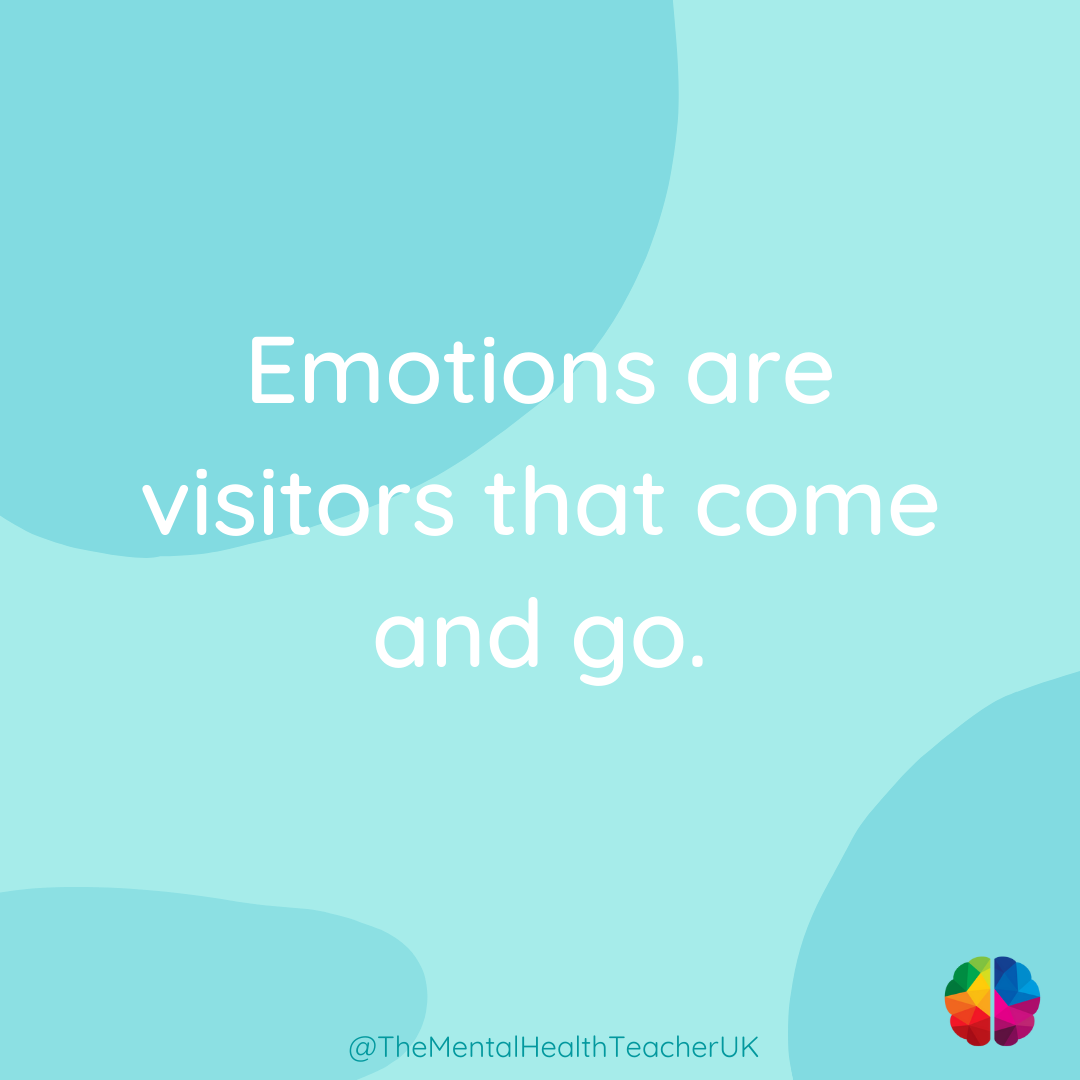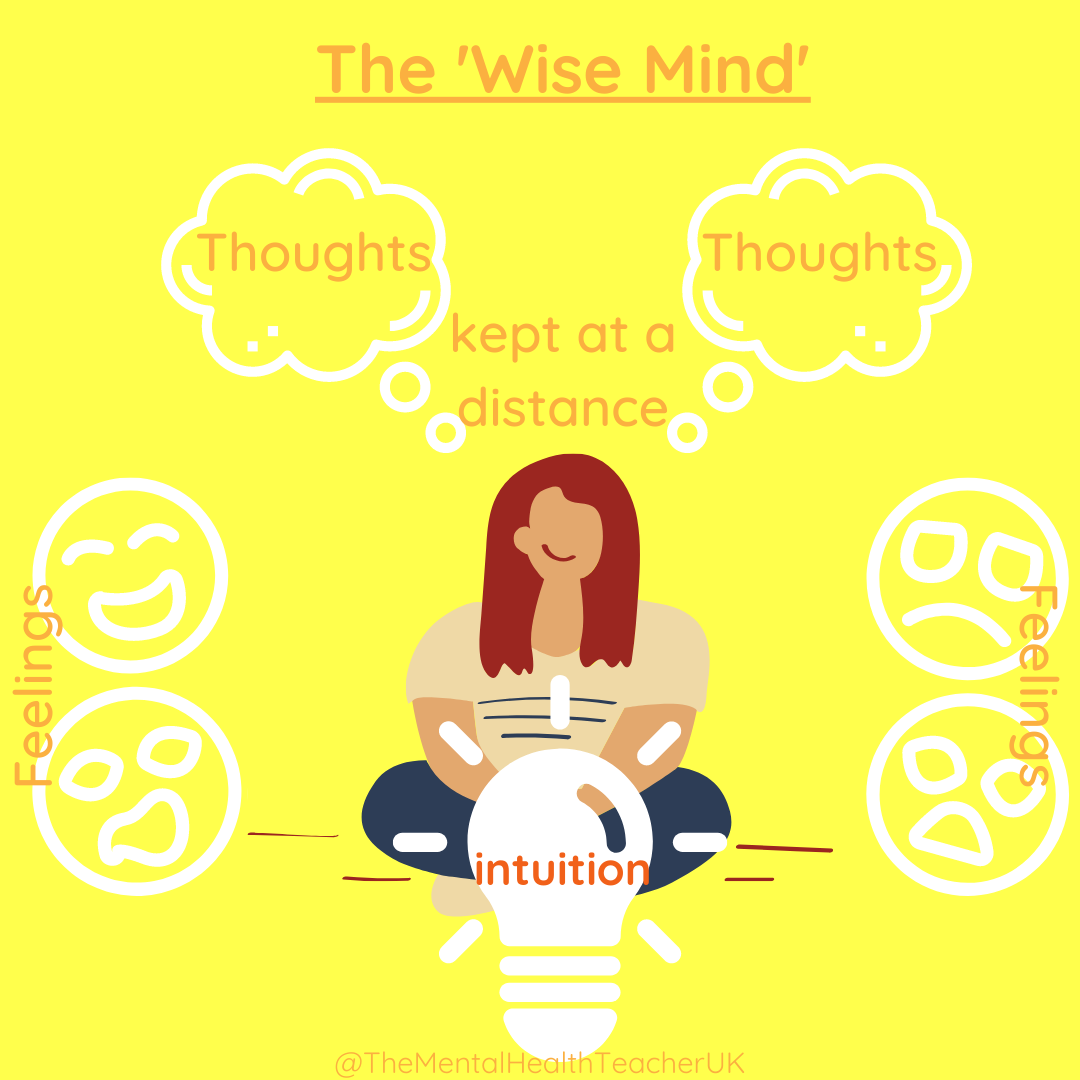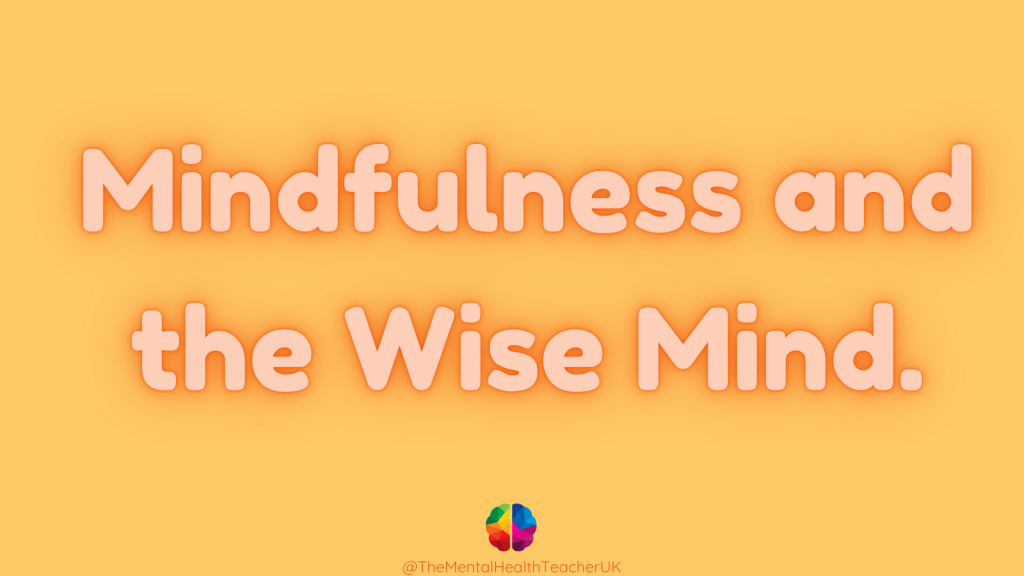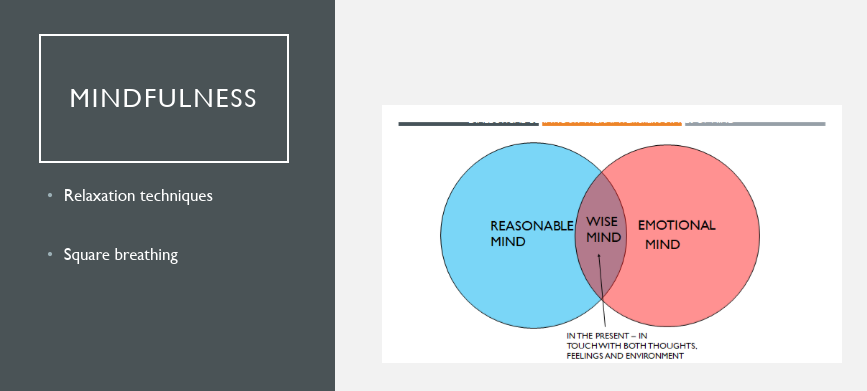
When you’re in a certain emotion, it can feel like it’s never going to go. It takes over the right side of your brain and stops the logical left side from thinking straight, hijacking our sense of time. We overestimate the duration and intensity of our uncomfortable emotions and underestimate the comfortable ones.
For example, think back to a time when you felt anxious. Perhaps you were waiting for some test results. Did that wait seem to last a lifetime? Now think back to a happy time. Maybe you were on holiday with your family. Did time seem to fly by? Probably. This is called affective forecasting.
In fact, emotions come and go very quickly. They chemically come and go in ONLY 90 SECONDS!! (Dr Bolte Taylor, 2006)
They are visitors in our bodies that come to give us a message (for example, anger -the thought or event was unfair, jealousy – we would like something in our lives etc) and then they move on and leave us alone if you listen to them.
Everybody wants to feel heard. Think of a pre-speaking toddler who is trying to explain something to their confused parent. Imagine how frustrated they would get when feeling misunderstood and how this would be shown through their behaviour.
This can relate to our emotions. If you don’t listen to what they’re trying to say – for example, by blocking them out, not thinking about them, not feeling those sensations in your body, distracting yourself with work or social media, telling yourself that you’re fine – they’ll kick up a fuss, get stronger and louder and keep shouting their message at you until you listen and understand. They’re here to give you a message and they won’t give in until their task is complete. This is when an emotion can turn into a mood.
Moods are visitors here for a longer stay. They’ve bought their overnight bags and want breakfast too. They don’t want to check out and can overstay their welcome.
In order to let an emotion go, it needs to be FELT and EXPRESSED.
FEEL IT – Take the 90 seconds to stop and breathe. Take deep belly breaths and recognise what is going on inside. How does this emotion feel in your feet? legs? stomach? chest? shoulders? arms? hands? Work your way up your body. What thoughts is it creating? What is it here to tell me?
Feel those sensations and just sit with them. Feel them come and go in pulses or waves and watch them fade and disappear.
EXPRESS IT – Allow your face to show the relevant facial expression. Do what your body is telling you to do. Cry if your eyes are stinging. Shout into a pillow or squeeze your body tight if you have excess energy.
How can you express this emotion safely? If it is other peoples’ opinions that are stopping you expressing them, find a space where you can be alone. If this isn’t possible, go to the bathroom or face a wall.
Feel them and express them in the moment that they arise. By blocking them and distracting yourself, remember that they are still there. They’re still trying to give you that message. They’re not going anywhere until you do listen.
TEACHER REFLECTION:
Do you have an area in your classroom that pupils can access to be alone, to process and express their emotions by themselves? A calm corner is a great addition to any classroom and gives the pupils the message that emotions are valid and should be accepted and expressed.
When children are expressing their sadness or anger, do you reactively say “don’t cry, don’t be sad’ and “calm down”? Have you taught them how to return to calm and self-regulate their emotions? Do they know techniques to express how they’re feeling in a healthy, safe and socially-acceptable way?
Follow my blog and website for more support with this.
My classroom resources for your Calm Corner and your social, emotional and well-being lessons will be available online VERY SOON!
Mrs Morris
The Mental Health Teacher
References
BOLTE TAYLOR, Dr Jill (2006). My Stroke of Insight: A Brain Scientist’s Personal Journey. 1st Viking ed. New York: Viking.






